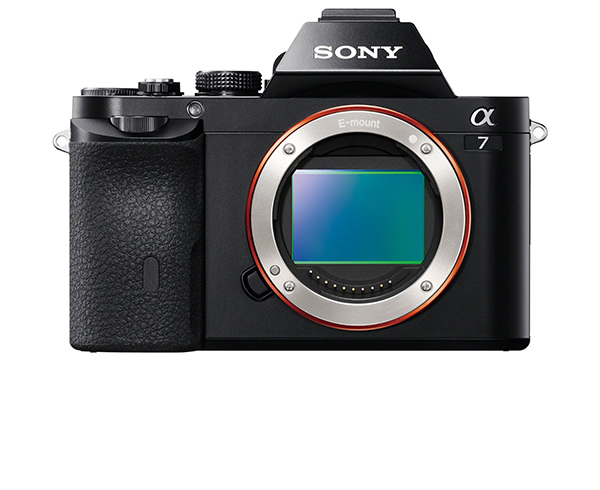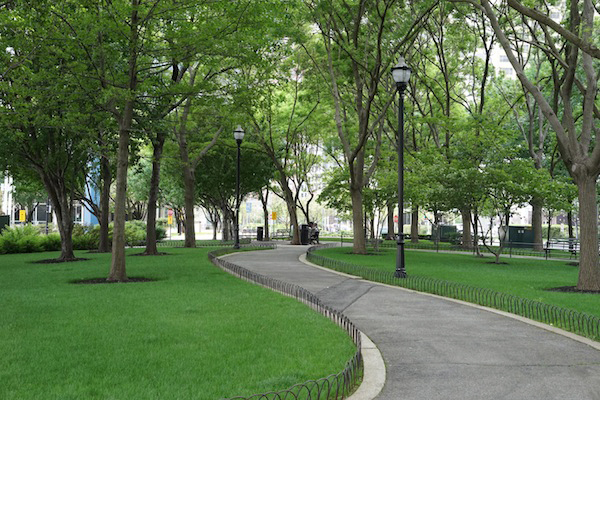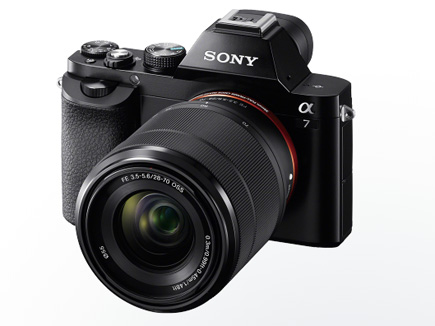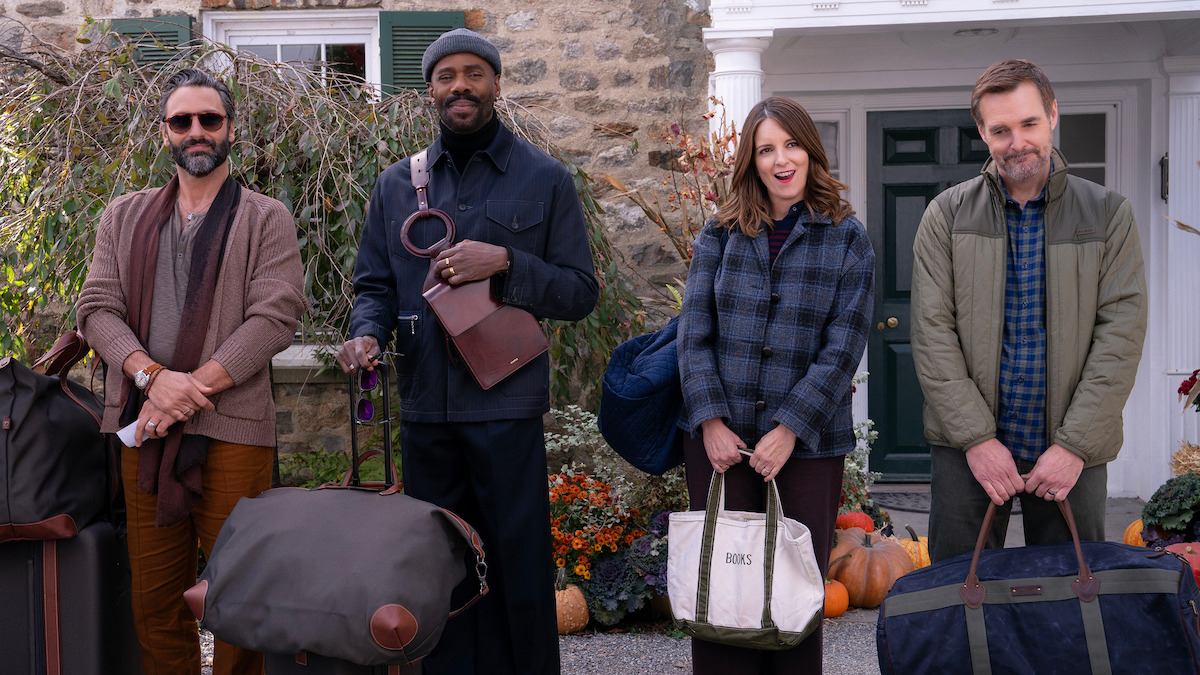Tom's Guide Verdict
Sony's Alpha a7 is a pro-level mirrorless camera that offers excellent full-frame performance and good ergonomics in a compact design.
Pros
- +
Very small, light camera body for all-day shooting
- +
Good detail and very accurate color
- +
Controls provide quick access to frequently used settings
- +
Excellent low-light performance up to ISO 3200 and acceptable to 6400
- +
Fast autofocus for action shots
Cons
- -
Sluggish startup, even after firmware update
- -
Limited battery life
- -
Noise reduction above ISO 1600 removes much detail
- -
Awkward menu system
Why you can trust Tom's Guide
The Sony Alpha a7 mirrorless camera is Sony's attempt to challenge pro DSLR models by packing all of their features — including a full-frame sensor — into a smaller camera. The 24.7-megapixel Alpha a7 ($1,700, body only) compares well with full-frame DSLRs from Canon and Nikon, such as the Canon EOS 6D ($1,900, body only) and the Nikon D300S ($1,700, body only). In our tests, the a7 took excellent images with plenty of detail and vivid color and comes in a package that is much easier to carry around for all-day shooting. The a7 is not without quirks, though, like a complex menu system and overly aggressive noise (graininess).
We also looked at the 36.4-MP, $2,300 (body-only) sibling Alpha a7R camera and note some of its advantages and disadvantages.
MORE: Best Mirrorless Cameras
Design

The a7 is much smaller and more compact than competing DSLR cameras. At just 2 inches deep and just over a pound in weight (body only, the 28-70mm kit lens adds another 10 ounces), it's easy to carry for all-day shooting.
The rear LCD measures 3 inches diagonally with a 640 x 480 resolution — standard for cameras in this class. It tilts to 90 degrees up and about 45 degrees down, providing a good deal of flexibility for shooting from above or below. However, the a7's display does not rotate out as screens on some DSLRs do (such as the $1,200 Canon 70D), nor is it a touch screen.
Most of the time, the LCD displays information such as shutter speed, aperture and metering mode in a dense layout. A press of the DISP button switches to a live preview of your shot, which is sharp in all but very low light. In bright sun, the LCD is rather difficult to see; that's where the viewfinder comes in.
The large eyepiece above the screen looks like a standard DSLR's. But this is an OLED electronic viewfinder (EVF) with a higher resolution (1024 x 768) than the rear LCD. Images look bright, clear and colorful, and the fast refresh rate prevents the stuttering effect that some EVFs suffer when you pan from side to side.
A small sensor above the EVF detects an object approaching (like your face) and turns on the EVF while turning off the LCD. However, it is easy to accidentally trigger the viewfinder (and thus disable the LCD) if a finger or the camera strap comes near the sensor or if you hold the camera close to your body while using the LCD. The camera then takes about a second to turn the LCD back on. (You can set the camera to use only the screen or only the viewfinder if you like.)
None of the a7 cameras have a built-in flash, but they all feature a standard hot shoe for attaching external flashes from Sony or other manufacturers.
Controls

The a7 has no shortage of controls, with five dials, one switch and 13 buttons, mostly located on the right top and right rear of the camera. This setup can be confusing at first, but once you figure it out, you can make adjustments very quickly. In manual mode, for instance, the dials on the front and rear of the body allow you to set shutter speed, aperture and ISO (light sensitivity) at the same time, without looking away from the viewfinder.
There are three custom buttons: one on the top (marked C1), one near the viewfinder (C2) and one at the lower-right rear of the camera (C3). They can be set to trigger any feature of the camera, from focus lock to sending an image to a smartphone. In fact, you can reprogram any button (even if it's already labeled for a particular function) to activate any of the camera's features. This could get very confusing, however, if not used carefully. (You can always do a factory reset.)
MORE: Canon EOS 70D Review

Most controls are accessible and well-labeled, but a few are poorly placed. The exposure compensation dial is on the top right corner, which we sometimes bumped and accidentally turned. The video record button is in a recessed spot on the right side of the grip, which is hard to find by feel or even reach with the right thumb.
The on-screen menus are also somewhat awkward. They are divided into six tabs (camera, settings, Wi-Fi, etc.), each of which is subdivided into multiple pages. If you want to disable the viewfinder, for instance, you have to go to the settings tab, then into the third page of settings. Fortunately, you can reach most of the important controls from a button or from the smaller function menu, which is accessed by pressing the Fn button above the rear control dial.
The a7 scores very well in our test of how easy it is to access key settings (using default control assignments).
| Setting | Steps/button presses | Function |
|---|---|---|
| Shutter | 0 | Length of exposure |
| Aperture | 0 | Amount of light let in |
| ISO | 0 | Light sensitivity |
| Focus Mode | 1 | Point or points used for focus |
| Light metering | 3 | Part of image with optimized exposure |
| White balance | 4 | Overall color cast of image |
| Exposure compensation | 0 | Set auto exposure to be darker or lighter |
| Wi-Fi sharing | 3 | Send images to smartphone, activate remote viewfinder |
| Video recording | 0 | Switch from photo to video and back |
| Play | 0 | View images or videos you've shot |
| Delete image | 1 | Erase photo from memory card |
| Photo capture resolution | 1 | Amount of megapixels |
| Photo capture quality | 3 | Amount of JPEG compression/detail, or RAW |
| Video capture resolution | 3 | Lines of resolution and frame rate |
| Video capture quality | 3 | Amount of compression/detail |
| Drive | 1 | Single photo, burst, timer, etc. |
| Row 16 - Cell 0 |
Image quality
The a7 series's standout feature is a full-frame sensor that is nearly twice as large as the so-called APS-C sensors in mainstream DSLRs, such as the $850 Nikon D5300 and mirrorless cameras like the $1,000 Samsung NX30. A bigger sensor means larger photosites (pixels) that capture more light for better detail and less noise (graininess) when shooting in low light. And that is borne out in our tests, where the a7 produced fairly sharp, clear images in situations where other cameras struggled.
Daylight results
The a7 performed well by day, accurately metering the light in most of our test photos, including backlit and other complex situations. We also found that the captured images looked great, with good detail and colors that were true to the original scene.
A photo of the New York Dance Parade under harsh afternoon sunlight doesn't show overexposure. Colors are very accurate. The camera didn't oversaturate the muted colors of the performers' costumes and the awnings on the street.

But when the colors are truly saturated in real life, the a7 captures them in all their richness, as in this photo from a park.

Performance is equally impressive on close-ups. In a portrait of a man outside a cafe, by gentler late-afternoon lighting, individual hairs on his head and tiny wrinkles around his eyes are clearly visible.

Some reviewers have noted that the a7 JPEG files appear a bit "soft" in focus. That wasn't our experience; however, we did update the camera's firmware (essentially its operating system) from 1.00 to version 1.02, which is available on Sony's site.
There wasn't a dramatic change, but we did capture some very sharp photos, such as a photo of the lower Manhattan skyline taken from across the Hudson River on a sunny afternoon. Using a relatively small aperture of f/11, the photo captures a deep depth of field, as shown in very fine detail when we zoom into the distant buildings.

Low light results
In low light, all digital cameras produce some "noise" in images, creating the grainy look that is the compromise in using higher ISO (light sensitivity) settings to harvest the available light. The a7 and a7R are no exceptions to this rule, but the level of noise was lower than most cameras produce at a given ISO setting. The amount of noise was definitely acceptable up to an impressive ISO 6400, and even passable at a very high ISO 12,800, if you absolutely need to go that high due to very minimal light.
Exposure in nighttime photos was as impressive as by day. In this photo of a cafe, shot at ISO 6400, everything from the bright interior to patrons lounging in the outside shadows is easy to see.

Shooting at ISO 6400 often means that a lot of small details get lost in noise (and noise reduction), but in a plaque we shot, the details of the carved names are still sharp, and the noise doesn't detract much from the quality of the final image.

The a7 and a7R both include a noise-reduction processing feature, but it can be a little heavy-handed in some cases, removing too much detail in the process, especially when the High ISO NR setting was at the Normal setting. (We recommend setting it at Low instead.)
Sony tries to be a little too clever here. The a7 cameras apply more noise reduction to areas of flat color, such as skies by day or night, where the noise would normally be more visible, and less to details that might get lost in the process of smoothing out the graininess. That's a neat idea, but it ends up leaving a halo of noise around edges in images shot at high ISO levels of 3200 or higher.

There is also an interesting approach called NR Multi, in which the camera takes three images in quick succession and combines them to reduce noise. (This works because the shorter the shutter speed, the lower the noise.) NR Multi seems quite effective, but should be used with caution: anything moving in the image comes out blurred.
To get comparable results, we tested all full-frame DSLRs and mirrorless cameras using a prime (nonzooming) lens of roughly a 50mm focal length. In this case, we primarily shot with Sony's $1,000 Sonnar T FE 35mm F1.8 lens. We also used the $800 Sonnar T FE 35mm F2.8 lens. Sony offers the a7 both as the body only and in a $2,000 kit with the FE28-70mm F3.5-5.6 OSS zoom lens; we did not test this lens option.
We set the cameras to shoot the highest-quality JPEG files and simultaneously capture uncompressed RAW data files so we could see if flaws in the images were from the camera's image capture or its JPEG processing. (That helped us see, for example, that more sharpening could safely be applied to the JPEGs.)
Video quality
The a7 (as well as the a7R) captures up to full HD 1080p video at 60 frames a second. It doesn't capture the higher-resolution 4K video that is now enabled on some cameras (like the Panasonic GH4), but it can display still images at 4K resolution on a compatible 4K TV. (The new a7S captures 3840 x 2160 video, but only if attached to an external recording device.)
Bright-light video results
We found the a7's video to be clean and sharp, with plenty of detail at the maximum bit rate of 28 Mbps, and the autofocus kept pace reasonably well with a line of marching drummers in a parade. The small built-in microphones did fine picking up that booming beat, but in other tests we found that they did less well with nuanced sound. In quieter environments, they also picked up incidental noise.
Fortunately, a 3.5mm socket on the side of the camera body allows you to attach a high-performance external microphone. The a7 also has a headphone jack for monitoring audio levels while recording — a rare feature on a device that isn't a dedicated camcorder.
MORE: How To Shoot Great Video
Low-light video results
Shooting in a park under streetlights, the a7 captured a good level of detail and acceptable sound, this time of a solo drummer. Focusing was slow, though, with the camera taking a couple of seconds to set the focus point when we panned across the scene and then back to the drummer.
Autofocus, shooting speed and battery
Like most high-end mirrorless cameras, the Sony a7 incorporates fast DSLR-style phase-detection pixels onto its imaging chip. This autofocus technology is especially helpful with moving objects. The a7 also uses point-and-shoot style contrast detection AF to augment the phase detection, a common setup known as hybrid autofocus. With 25 contrast and 117 phase-detection sensors spread over the imaging-chip surface, the a7 snapped into focus quickly, usually taking less than half a second.
The a7R, by comparison, has just 25 contrast-detection sensors and is slow to focus, often taking over a second. In practice, this makes the a7R a poor pick for anything that requires quick focusing, such as candid shooting or action shots. However, the a7R's higher resolution is an advantage for capturing extremely detailed objects that don't move, such as in shooting fashion items or artworks.
Sony claims that the a7 can shoot photos at speeds of up to 5 frames per second, and this was borne out in our testing, where the camera shot at just under this speed. In our tests with a fast SanDisk Extreme SDHC memory card, the a7 was also able to keep shooting at this rate for an impressive 26 frames, so it can capture long bursts of action.
MORE: Why Autofocus is the New Megapixel
After updating the firmware to version 1.02, the camera startup time improved, though it was still a bit sluggish; and the autofocus time — already good — got a smidgen faster.
Battery life was on the short side. Sony claims that the included battery is good for 135 minutes of video or 270 photos. However, this claim seems rather optimistic, as we found it was typically drained after a few hours of serious shooting. That's considerably less than you can expect from a DSLR, which doesn't have to illuminate a viewfinder and LCD screen. The Canon 70D, for example, can get up to 1,300 photos per charge. The 70D is a much heftier camera. But even the Samsung NX30, another mirrorless model with an electronic viewfinder (albeit a smaller sensor) and large LCD, is rated for 360 shots.
Wireless and GPS
Sony's a7 cameras do not have GPS. But they allow you to send images to a smartphone or computer running Sony's free PlayMemories software (Android, iOS, Mac and PC.). The process is pretty simple: select the image on the camera in Play mode, and then select Send To Computer from the on-screen menu.
Just don't expect images to rush through the ether. In our tests, sending a single 24-megapixel image from the a7 to a computer took 1 minute and 35 seconds. Sending an image to a smartphone was quicker, taking just over 30 seconds, but only because the image size is automatically reduced to 2 megapixels. You aren't able to send full-resolution images to smartphones.
Both the a7 and a7R allow you to remotely control the camera two ways: over a USB connection using the free Remote Camera Control software for Windows or Mac, or from a smartphone with the PlayMemories Mobile app (for iOS and Android).
The USB connection gives you complete control over the camera (except for zoom and manual focus), but you don't get a preview of the image on the computer. And this remote control doesn't work over a Wi-Fi connection. Those two omissions severely limit the usefulness of this feature.
The PlayMemories Mobile app is at the opposite extreme. It gives you a slightly delayed preview of the image, but doesn't allow you to control the camera other than to set exposure compensation and press the shutter. All of the other settings are on automatic.
Basically, both remote-control programs are useless. Sony should have rolled these functions into one program.
Lens selection and accessories
The two prime lenses we used for testing — Sony's $1,000 Sonnar T FE 55mm F1.8 lens and $800 Sonnar T FE 35mm F2.8 lens — produced excellent results. They captured clear, sharp shots with very little chromatic aberration (color smearing) across the range of apertures, and kept excellent sharpness across the frame. A photo of a woman, shot with the 55mm lens at a very wide aperture of f/1.8, shows how the lens can blur nearly the entire frame but provide tack-sharp detail at the focal point around her eyes.

Our only reservation about the a7 is the lack of lenses made for these cameras: At present, Sony offers only five options that are designed for use with full-frame cameras like the a7. (Beyond the two primes we tested, three zoom lenses are available.) Sony claims that 15 lenses will be available within the year, however, which should provide a much better selection for general use. Sony hasn't specified what types of lenses are coming next.
MORE: Best DSLRs
Bottom line
The Alpha a7 is an exceptional performer you can take anywhere, producing very sharp images with excellent detail and accurate color. Low-light shooting also produced high-quality images, with the full-frame sensor pulling in more light than the smaller APS-C or Micro Four Thirds types on mainstream consumer mirrorless and DSLR models.
Overall, the images captured by the a7 have little visible noise at ISO settings up to 1600, making it a good low-light shooter. That, combined with the snappy phase-detection autofocus, excellent detail and small size, make the a7 a great pick for action photographers or anyone else who wants top quality and doesn't want to lug around a giant camera.
| Specs | Header Cell - Column 1 |
|---|---|
| Model name | Sony Alpha a7 |
| Megapixels | 24.7 |
| Type | Mirrorless |
| Price | $1,600 (body) |
| Shots per sec, max | 5 |
| Sensor type | Full-frame CMOS |
| Kit lens option | 28-70mm zoom |
| AF points and type(s) | 117 phase detection, 25 contrast detection |
| Shutter speed range | 1/8000 to 30 seconds |
| ISO range | 50-25600 |
| Main video resolutions/frame rates | 1080p and 1080i at 60fps and 24 fps; 1440 x 1080 and 640 x 480 at 30p (various data rates) |
| Video file format(s) | AVC-HD (for 1080), MP4 (others) |
| Built-in flash | No |
| Hot shoe | Yes |
| Card type (and multiple slots?) | SDXC, Memory Stick XC-HG Duo |
| Ports (HDMI, USB, etc.) | USB, HDMI, mic, headphone |
| Battery and shots per charge | 1080 mAh, 340 shots (with LCD on) |
| Wireless capabilities | Wi-Fi, NFC |
| Image stabilization | Present in 28-70mm kit lens |
| Dimensions and weight | 5 × 3.75- × 1.9 inches, 16.7 ounces |
Follow Richard Baguley @rbaguley or on Google+. Senior editor Sean Captain contributed to this review. Follow him @seancaptain and on Google+. Follow us @tomsguide, on Facebook and on Google+.
Richard Baguley has been working as a technology writer and journalist since 1993. As well as contributing to Tom's Guide, he writes for Cnet, T3, Wired and many other publications.
-
Ametis Nice review here. But im just wondering about the speed in auto focus. Especially in low light condtion.Reply
1. How easy is it to AF in dark or low light?
2. How do u compare the AF speed to fuji xt1 or olympus Em1?
Thanks for the reply

